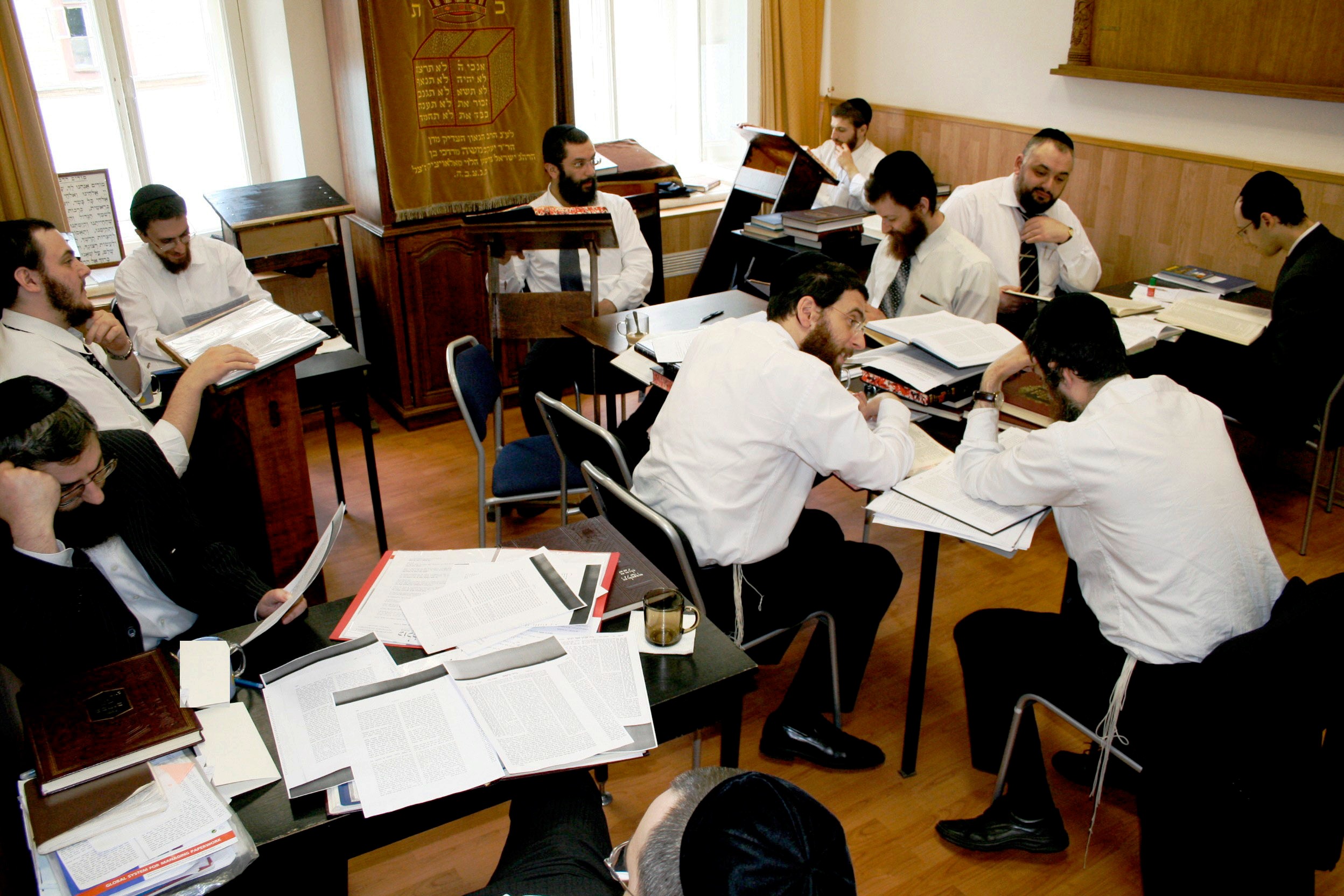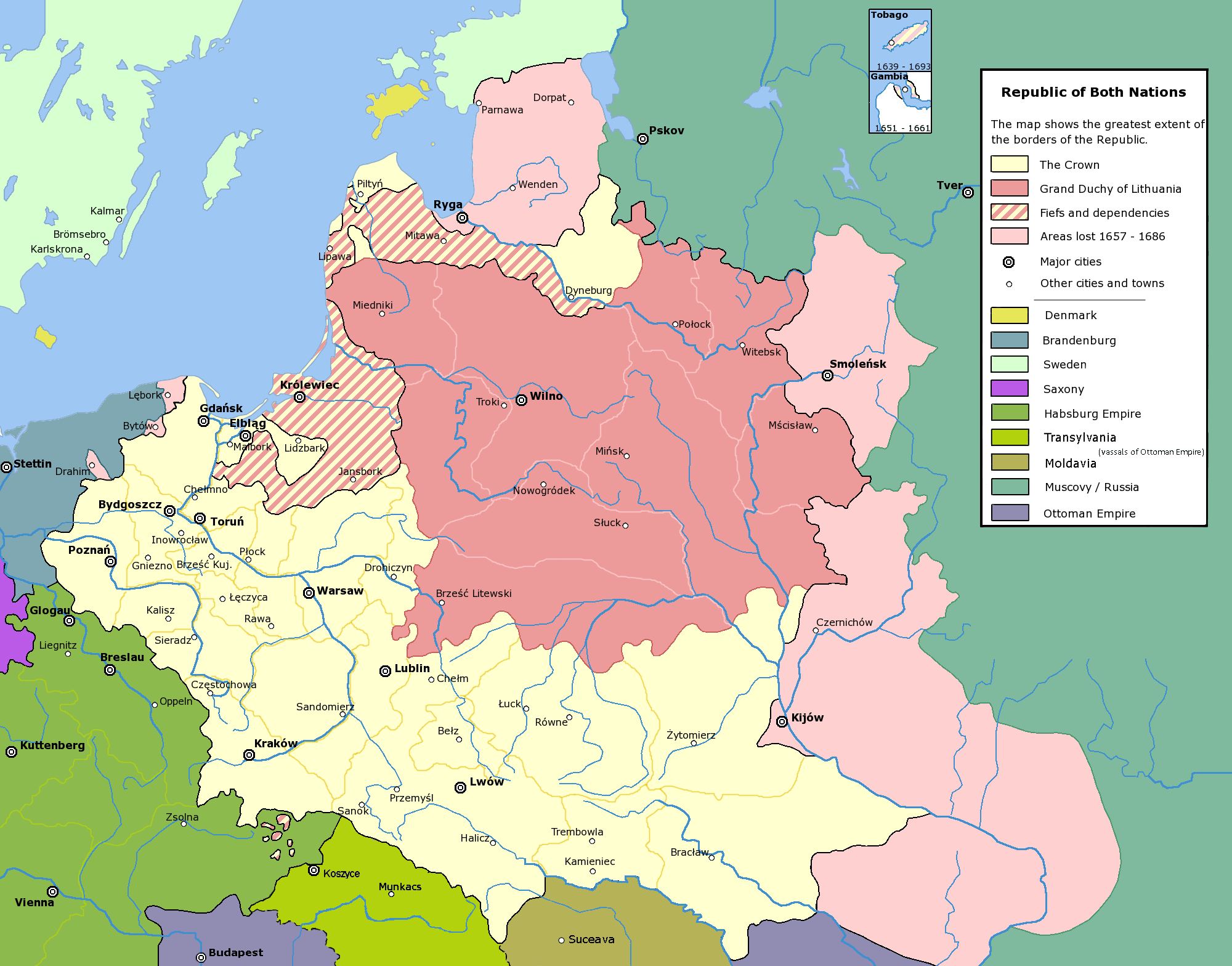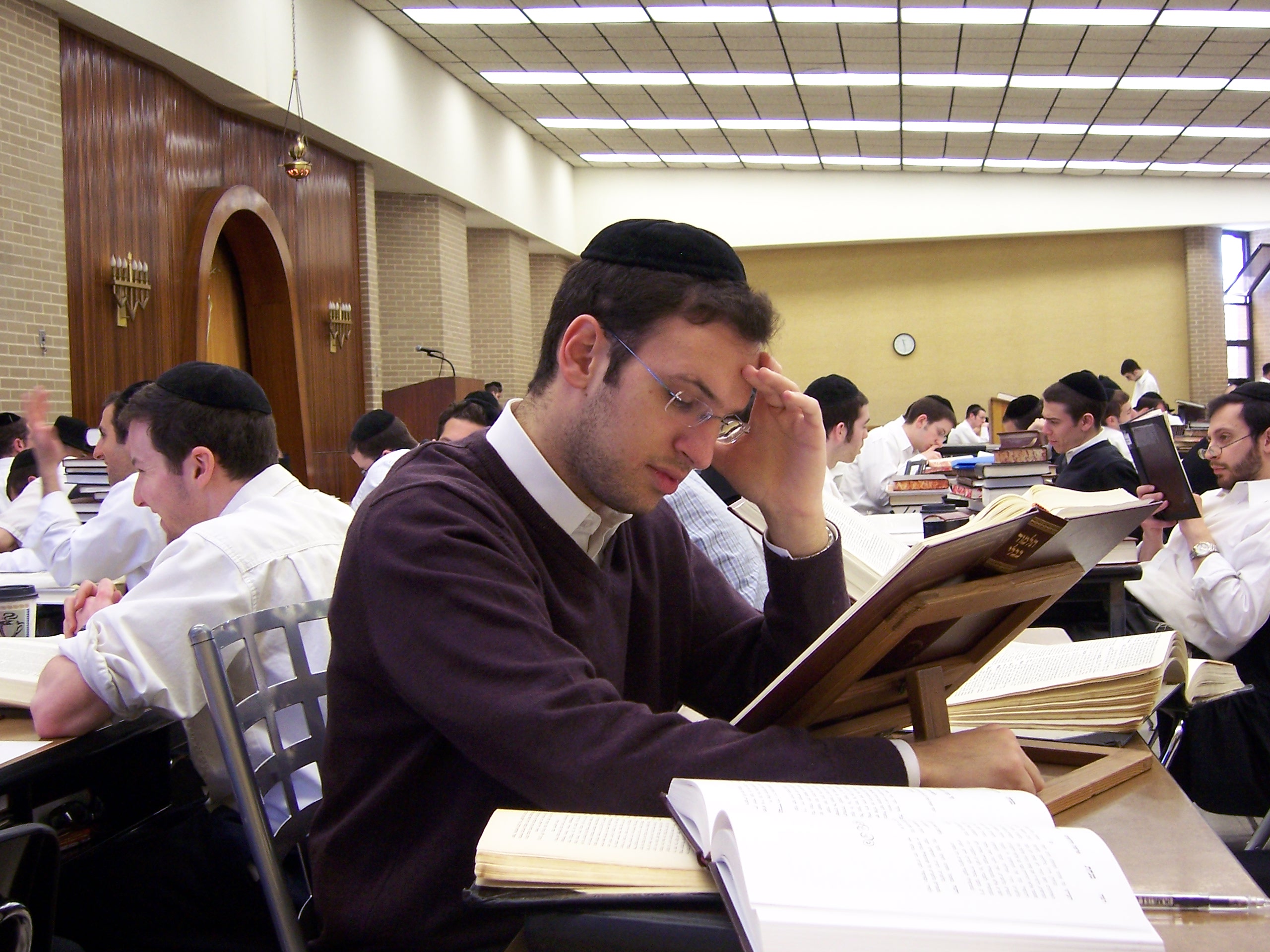|
Pressburg Yeshiva (Jerusalem)
Pressburg Yeshiva of Jerusalem ( he, ישיבת פרשבורג) is a leading yeshiva located in the Givat Shaul neighborhood of Jerusalem. It was founded in 1950 by Rabbi Akiva Sofer (known as the ''Daas Sofer''), a great-grandson of Rabbi Moses Sofer (the ''Chasam Sofer''), who established the original Pressburg Yeshiva in the Austro-Hungarian Empire in 1807. As of 2009, the rosh yeshiva is Rabbi Simcha Bunim Sofer. After his death in 2017, his son Rabbi Avraham Shmuel Binyamin Sofer-Schreiber, who also serves as rosh kollel, succeeded him. The yeshiva building includes a yeshiva ketana, yeshiva gedola, and kollel. The main beis medrash doubles as a synagogue where some neighborhood residents also pray on Shabbat. The complex also includes a general neighborhood synagogue which functions as Givat Shaul's main nusach Ashkenaz Nusach Ashkenaz is a style of Jewish liturgy conducted by Ashkenazi Jews. It is primarily a way to order and include prayers, and differs from Nusach Se ... [...More Info...] [...Related Items...] OR: [Wikipedia] [Google] [Baidu] |
Yeshiva
A yeshiva (; he, ישיבה, , sitting; pl. , or ) is a traditional Jewish educational institution focused on the study of Rabbinic literature, primarily the Talmud and halacha (Jewish law), while Torah and Jewish philosophy are studied in parallel. The studying is usually done through daily ''shiurim'' (lectures or classes) as well as in study pairs called '' chavrusas'' (Aramaic for 'friendship' or 'companionship'). ''Chavrusa''-style learning is one of the unique features of the yeshiva. In the United States and Israel, different levels of yeshiva education have different names. In the United States, elementary-school students enroll in a ''cheder'', post- bar mitzvah-age students learn in a ''metivta'', and undergraduate-level students learn in a ''beit midrash'' or ''yeshiva gedola'' ( he, ישיבה גדולה, , large yeshiva' or 'great yeshiva). In Israel, elementary-school students enroll in a ''Talmud Torah'' or ''cheder'', post-bar mitzvah-age students l ... [...More Info...] [...Related Items...] OR: [Wikipedia] [Google] [Baidu] |
Kollel
A kollel ( he, כולל, , , a "gathering" or "collection" f scholars is an institute for full-time, advanced study of the Talmud and rabbinic literature. Like a yeshiva, a kollel features shiurim (lectures) and learning ''sedarim'' (sessions); unlike most yeshivot, the student body of a kollel typically consists mostly of married men. A kollel generally pays a regular monthly stipend to its members. History Original sense Originally, the word was used in the sense of "community". Each group of European Jews settling in Israel established their own community with their own support system. Each community was referred to as the "kollel of " to identify the specific community of the Old Yishuv. The overwhelming majority of these Jews were scholars who left their homelands to devote themselves to study Torah and serve God for the rest of their lives. The kollel was the umbrella organization for all their needs. The first examples were Kolel Perushim (students of the Vilna Gaon who ... [...More Info...] [...Related Items...] OR: [Wikipedia] [Google] [Baidu] |
Synagogues In Jerusalem
A synagogue, ', 'house of assembly', or ', "house of prayer"; Yiddish language, Yiddish: ''shul'', Ladino language, Ladino: or ' (from synagogue); or ', "community". sometimes referred to as shul, and interchangeably used with the word temple, is a Judaism, Jewish house of worship. Synagogues have a place for prayer (the main sanctuary and sometimes smaller Chapel, chapels), where Jews attend religious Services or special ceremonies (including Wedding, Weddings, Bar Mitzvah, Bar Mitzvahs or Bat Mitzvah, Bat Mitzvahs, Confirmation, Confirmations, choir performances, or even children's plays), have Beth midrash, rooms for study, social hall(s), administrative and charitable offices, classrooms for religious school and Hebrew school, sometimes Jewish preschool, preschools, and often have many places to sit and congregate; display commemorative, historic, or modern artwork throughout; and sometimes have items of some Jewish historical significance or history about the Synagog ... [...More Info...] [...Related Items...] OR: [Wikipedia] [Google] [Baidu] |
Orthodox Yeshivas In Jerusalem
Orthodox, Orthodoxy, or Orthodoxism may refer to: Religion * Orthodoxy, adherence to accepted norms, more specifically adherence to creeds, especially within Christianity and Judaism, but also less commonly in non-Abrahamic religions like Neo-paganism or Hinduism Christian Traditional Christian denominations * Eastern Orthodox Church, the world's second largest Christian church, that accepts seven Ecumenical Councils *Oriental Orthodox Churches, a Christian communion that accepts three Ecumenical Councils Modern denominations * True Orthodox Churches, also called Old Calendarists, a movement that separated from the mainstream Eastern Orthodox Church in the 1920s over issues of ecumenism and calendar reform * Reformed Orthodoxy (16th–18th century), a systematized, institutionalized and codified Reformed theology * Neo-orthodoxy, a theological position also known as ''dialectical theology'' * Paleo-orthodoxy, (20th–21st century), a movement in the United States focusing on ... [...More Info...] [...Related Items...] OR: [Wikipedia] [Google] [Baidu] |
Ashkenazi Synagogues
Ashkenazi Jews ( ; he, יְהוּדֵי אַשְׁכְּנַז, translit=Yehudei Ashkenaz, ; yi, אַשכּנזישע ייִדן, Ashkenazishe Yidn), also known as Ashkenazic Jews or ''Ashkenazim'',, Ashkenazi Hebrew pronunciation: , singular: , Modern Hebrew: are a Jewish diaspora population who Coalescent theory, coalesced in the Holy Roman Empire around the end of the first millennium CE. Their traditional diaspora language is Yiddish (a West Germanic languages, West Germanic language with Jewish linguistic elements, including the Hebrew alphabet), which developed during the Middle Ages after they had moved from Germany in the Middle Ages, Germany and France in the Middle Ages, France into Northern Europe#UN geoscheme classification, Northern Europe and Eastern Europe. For centuries, Ashkenazim in Europe used Hebrew only as a sacred language until Revival of the Hebrew language, the revival of Hebrew as a common language in 20th-century Israel. Throughout their numerous ... [...More Info...] [...Related Items...] OR: [Wikipedia] [Google] [Baidu] |
Ashkenazi Jewish Culture In Jerusalem
Ashkenazi Jews ( ; he, יְהוּדֵי אַשְׁכְּנַז, translit=Yehudei Ashkenaz, ; yi, אַשכּנזישע ייִדן, Ashkenazishe Yidn), also known as Ashkenazic Jews or ''Ashkenazim'',, Ashkenazi Hebrew pronunciation: , singular: , Modern Hebrew: are a Jewish diaspora population who coalesced in the Holy Roman Empire around the end of the first millennium CE. Their traditional diaspora language is Yiddish (a West Germanic language with Jewish linguistic elements, including the Hebrew alphabet), which developed during the Middle Ages after they had moved from Germany and France into Northern Europe and Eastern Europe. For centuries, Ashkenazim in Europe used Hebrew only as a sacred language until the revival of Hebrew as a common language in 20th-century Israel. Throughout their numerous centuries living in Europe, Ashkenazim have made many important contributions to its philosophy, scholarship, literature, art, music, and science. The rabbinical term ''A ... [...More Info...] [...Related Items...] OR: [Wikipedia] [Google] [Baidu] |
Nusach Ashkenaz
Nusach Ashkenaz is a style of Jewish liturgy conducted by Ashkenazi Jews. It is primarily a way to order and include prayers, and differs from Nusach Sefard (as used by the Hasidim) and Baladi-rite prayer, and still more from the Sephardic rite proper, in the placement and presence of certain prayers. Subdivisions Nusach Ashkenaz may be subdivided into the German or Western branch - ''Minhag Ashkenaz'' - used in Western and Central Europe, and the Polish/Lithuanian or Eastern branch - ''Minhag Polin'' - used in Eastern Europe, the United States and by some Israeli Ashkenazim, particularly those who identify as Litvaks ("Lithuanian"). In strictness, the term ''Minhag Ashkenaz'' applied only to the usages of German Jews south and west of the Elbe, most notably the community of Frankfurt. North-Eastern German communities such as Hamburg regarded themselves as following ''Minhag Polin'', although their musical tradition and pronunciation of Hebrew, and some of the traditions about th ... [...More Info...] [...Related Items...] OR: [Wikipedia] [Google] [Baidu] |
Shabbat
Shabbat (, , or ; he, שַׁבָּת, Šabbāṯ, , ) or the Sabbath (), also called Shabbos (, ) by Ashkenazim, is Judaism's day of rest on the seventh day of the week—i.e., Saturday. On this day, religious Jews remember the biblical stories describing the creation of the heaven and earth in six days and the redemption from slavery and The Exodus from Egypt, and look forward to a future Messianic Age. Since the Jewish religious calendar counts days from sunset to sunset, Shabbat begins in the evening of what on the civil calendar is Friday. Shabbat observance entails refraining from work activities, often with great rigor, and engaging in restful activities to honour the day. Judaism's traditional position is that the unbroken seventh-day Shabbat originated among the Jewish people, as their first and most sacred institution. Variations upon Shabbat are widespread in Judaism and, with adaptations, throughout the Abrahamic and many other religions. According to ''halakha ... [...More Info...] [...Related Items...] OR: [Wikipedia] [Google] [Baidu] |
Synagogue
A synagogue, ', 'house of assembly', or ', "house of prayer"; Yiddish: ''shul'', Ladino: or ' (from synagogue); or ', "community". sometimes referred to as shul, and interchangeably used with the word temple, is a Jewish house of worship. Synagogues have a place for prayer (the main sanctuary and sometimes smaller chapels), where Jews attend religious Services or special ceremonies (including Weddings, Bar Mitzvahs or Bat Mitzvahs, Confirmations, choir performances, or even children's plays), have rooms for study, social hall(s), administrative and charitable offices, classrooms for religious school and Hebrew school, sometimes Jewish preschools, and often have many places to sit and congregate; display commemorative, historic, or modern artwork throughout; and sometimes have items of some Jewish historical significance or history about the Synagogue itself, on display. Synagogues are consecrated spaces used for the purpose of Jewish prayer, study, assembly, and r ... [...More Info...] [...Related Items...] OR: [Wikipedia] [Google] [Baidu] |
Beth Midrash
A ''beth midrash'' ( he, בית מדרש, or ''beis medrash'', ''beit midrash'', pl. ''batei midrash'' "House of Learning") is a hall dedicated for Torah study, often translated as a "study hall." It is distinct from a synagogue (''beth knesset''), although the two are often coextensive. In Yiddish the ''beth midrash'' may be referred to as a ''zal'', i.e. "hall". ''Beis midrash'' can also refer to a '' yeshiva gedola'', the undergraduate-level program in Orthodox, for boys over 12th grade. The Arabic term ''madrasah'' is derived from the same Semitic root, and refers to any type of educational institution. The root דרש means "to seek nowledge and is then generalized to mean "expound". History Early rabbinic literature, including the Mishnah, makes mention of the ''beth midrash'' as an institution distinct from the ''beth din'' and Sanhedrin. It was meant as a place of Torah study and interpretation, as well as the development of ''halakha'' (the practical application of ... [...More Info...] [...Related Items...] OR: [Wikipedia] [Google] [Baidu] |
Yeshiva Gedola
Yeshiva gedolah, known in the United States as bais medrash, is a type of yeshiva, a Jewish educational institution, which is aimed at post-secondary students in their later teens or younger twenties. This contrasts with a Yeshiva Ketana/Mesivta where students are typically in the early teens. History Israel and the United States There are several differences between yeshiva gedolahs in Israel and the United States, the most blatant one being its name: in the United States, yeshiva gedolahs are referred to as ''bais medrash'', the same name given to Torah study halls. Another difference is that while in most yeshivas in the United States, students graduate from mesivta after twelfth grade and then go on to yeshiva gedolah, Israeli mesivtas (known in Israel as ''yeshiva ketana'' or ''yeshiva tichonit'') go until eleventh grade, after which the students graduate to yeshiva gedolah. Structure ''Seder'' The day in yeshiva gedolahs (as well as in many mesivtas) is split into t ... [...More Info...] [...Related Items...] OR: [Wikipedia] [Google] [Baidu] |
Givat Shaul
Givat Shaul ( he, גבעת שאול, lit. (''Saul's Hill''); ar, غفعات شاؤول) is a neighborhood in West Jerusalem. The neighborhood is located at the western entrance to the city, east of the neighborhood of Har Nof and north of Kiryat Moshe. Givat Shaul stands 820 meters above sea level. Name Givat Shaul is named after the Rishon Lezion, Rabbi Yaakov Shaul Elyashar, the Sephardi Chief Rabbi of Israel, and not, as commonly believed, for the biblical King Saul, whose capital was probably located on the hill Gibeah of Saul near Pisgat Ze'ev, on the way to Ramallah.''Yarok Birushalayim'', ''Shechunat Givat Shaul'', Society for the Protection of Nature in Israel, Vol. 85, June–July 2007. History Givat Shaul was established in 1906 on land purchased from the Arab villages of Deir Yassin and Lifta by a society headed by Rabbi Nissim Elyashar, Arieh Leib and Moshe Kopel Kantrovitz. Difficulties in registering the land delayed construction until 1919. The first reside ... [...More Info...] [...Related Items...] OR: [Wikipedia] [Google] [Baidu] |

.jpg)




